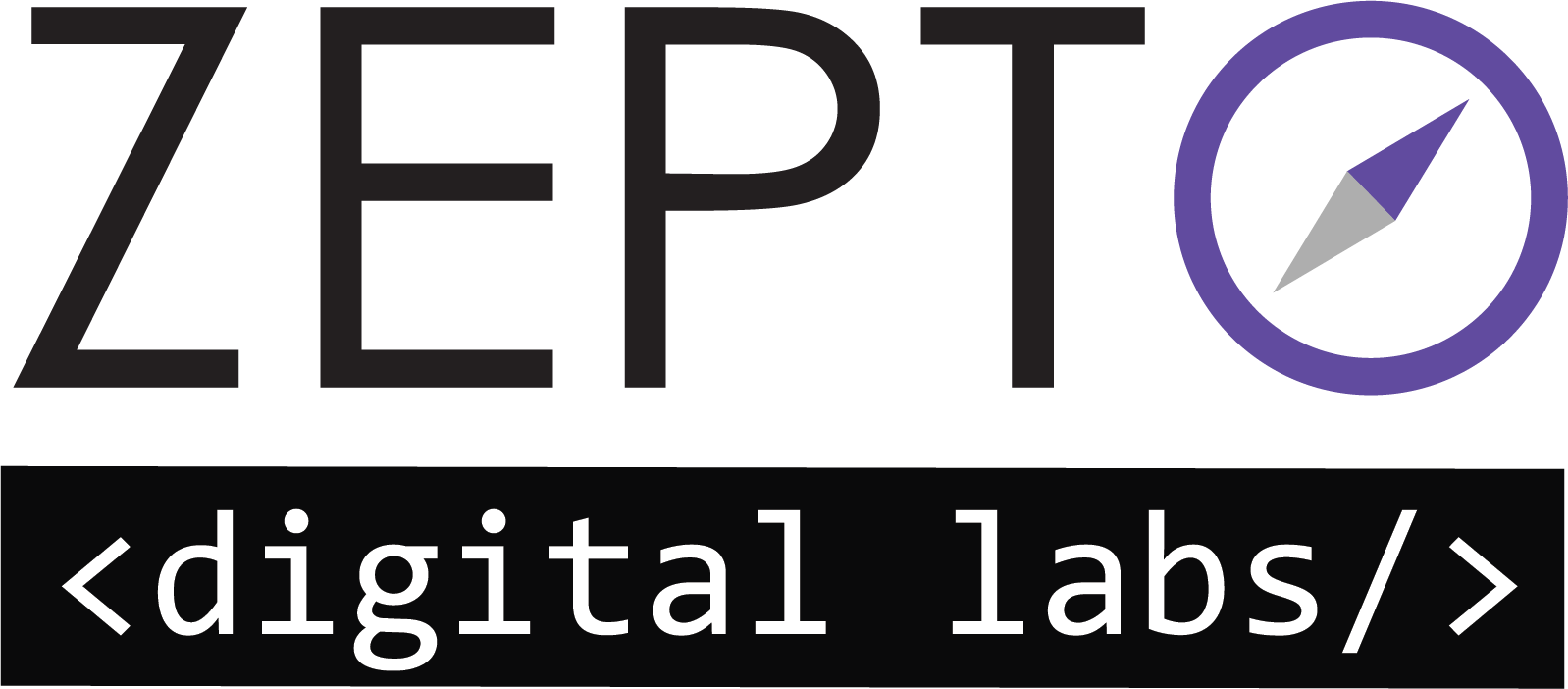Software Product Development Process
Steps to take better decisions
Software Development Life Cycle:
Software product development is a systemic and well-organized process with predetermined steps known as the software development life cycle (SDLC). The overall software product development process is typically divided into six to eight steps. It depends on the project manager to rename, merge, split or omit any of the steps. It entirely depends on the requirement and the scope of the project.
Software Product Development Process:
Given below are the typical six Software product development process steps in the software development life cycle (SDLC).
1. Analyze requirements
2. Define product features
3. Design software product
4. Prototype the product – Minimum Viable Product (MVP)
5. Engineering and developing software
6. Implement, execute and host
The bedrock of the process is the quality software, while the remaining steps in the process focus on ensuring the software’s quality. Each phase of the cycle possesses its own importance. Let us discuss each step in detail.
Analyze Requirements:
Like any procedure, the software development process begins with analyzing the requirement. In this step, the associated product manager, business analyst, project team, come together with you the end-users and stakeholders to brainstorm and discuss the innovative idea they’ve been asked to execute. The focus in this step is to explore requirements like;
- What matter does it serve?
- Who is the end-user of the system?
- How will the end-user utilize the system?
- What kind of data input and output will be needed?
- How will you manage security and privacy?
The requirements are analyzed according to the applicability of the product to be developed. The resulting document serves as the base to begin work and keep an eye on the end results so that focus is not lost during the development phase.
Define Product Features
Requirement analysis brings out the different specifications and features of the product. This step, the second of the software development process, includes the study of the system. Here the software management team decides upon the features of the product they want. At this stage, the team prepares a roadmap where the entire software product features are defined, including the blueprint of each software development stage. The team works over the key elements, a hosting network, and the development setting with data modules. This step ensures that the software product will fulfill the requirements you have given them. It is also required to address the future need.
Software Product Design
The designing stage is the stage where a fully developed design of your software system is created. A simple wireframe is created to depict how interactions will work in the software. This further assists in the specification of the necessary hardware required to run the product. The general product architecture that meets the project requirements is created in this phase. This is the right time to choose the development technologies both front end and backend. Security is a very crucial matter of consideration during this stage. It defines the security measures for the software product. It includes application security features like authentication, authorization, encryption, logging, and application security testing, etc…
Prototype – Making a Minimum Viable Product (MVP)
Some product managers merge prototyping with designing. Though, it merits separate mention in the software development process. It represents one of the early versions of software in the alternative software development model. The prototype is created to discover errors and smoothen functionality. If you are a startup, you can showcase this MVP to investors to check value. This design allows you to give your feedback based on the prototype and MVP of the software system. It is less expensive to make changes at this phase rather than rewriting the code at the next step of development.
Engineering and Developing Software
At this phase, the software is assembled. Once the development team has the requirement specification and system design document ready with them, the work is divided into modules, and the actual coding begins. A single developer can write a small project, while a large project can be broken up into units to be handled by a developers’ team. This phase is the longest, hardest, and potentially riskiest stage of the software development process steps.
The software developer’s Quality Assurance team should ensure that the written code must align with the software requirement specifications. If the team has paid proper attention during the previous software development process steps, there is zero possibility of mismatching the requirement specification.
Implement, Execute and Host
This is the stage to launch the software application. Here you deploy the application on the server as per the hosting requirements. During the launch process, all the team members work together to support the customer. As a customer or client, you may need some formal training to know how to use the software functions. Implementation is a step-by-step planned process. You should perform beta testing and report to the engineering team if you need any change or notice bugs. After fixing the bugs and making the necessary changes, the final execution of the software takes place. Now the software is ready to deploy in the production environment.
The software development life cycle doesn’t end here and operations and maintenance may be needed with regular updates. It is possible that platforms may change and the future may bring up new needs and requirements in the software. As such the software development team should be equipped to implement the changes and additions required by you. A software development life cycle continually improves upon the past and creates a future.
Conclusion
The software development process varies from company to company, aiming to deliver a superior quality product to gratify the customers by fulfilling their demand. The process steps can be modified, shaped, or adjusted to the customized needs of the project.

